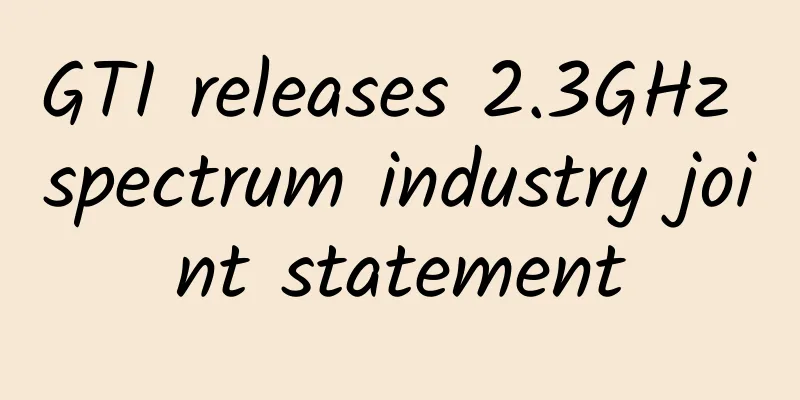How 5G will impact telecom enterprise asset management

|
Digital transformation has had ripple effects on communications service providers (CSPs), one of which is the convergence of digital and physical assets on telecom networks. Historically, telecom assets have been physical pieces of equipment such as small cells, remote radio units (RRUs), baseband units, etc. But with the advent of software-defined networks, assets and network functions are increasingly virtualized, creating entirely new operating models. This could mean activating new assets with a simple switch instead of sending engineers to different locations, or even opting for an asset subscription model instead of asset purchases. All of these shifts will fundamentally disrupt the traditional models of ownership, costs, and cash flows associated with telecom asset management. How digitalization and 5G are changing the gameHere are five key changes happening in the CSP enterprise asset management space. 1. The asset list will be converted to include virtualized assetsAs telecom companies become increasingly digital, their asset inventory is diversifying to include software-defined assets, cloud licenses, and subscriptions in addition to hardware. These digital assets behave differently than traditional equipment and require novel management approaches. Notably, telecom companies may find that they cannot scale operations in the same linear manner as before with this new type of asset. 2. 5G introduces programmable networksAs digital assets find their place, there is an opportunity to create programmable networks stimulated by 5G. CSPs will be able to create network slices and activate assets in near real time to meet specific needs, such as attracting attendees to a highly localized but densely packed venue for a sporting event. However, configuring and managing this programmable network is much more complex than a traditional network. 3. Digital assets will drive data integrationWith the endless use cases brought about by 5G and digitalization, we can expect an explosion in the number of online devices such as IoT devices, wearable devices, etc., as well as the emergence of new types of networks such as RAN, IoT, and edge networks. Each touchpoint and channel is a new source of data that must be seamlessly integrated with other network components and assets. Managing such a large amount of data while ensuring seamless integration will be a challenge. 4. The amount of “current assets” will increaseThe convergence of API-first and cloud-native approaches has resulted in assets that reflect some of the fundamental characteristics of the cloud, namely on-demand provisioning, multi-tenancy, and scalability. Soon, telecom companies will be able to flexibly subscribe to assets as needed. We are likely to see networks move from a primarily ownership-based model to a flexible, scalable, and subscription-based model, thanks to the cloud. Furthermore, the underlying enterprise asset management solutions responsible for managing this dynamic interplay will themselves be hosted on the cloud. 5. Reposition technology partners as assetsTo cope with the data flood brought about by 5G and digitalization, CSPs can work with a wide range of IT and technology partners to integrate between databases, data lakes, data warehouses, algorithms, and MLOps. All of these partners will become participants in the network, and CSPs must also manage the assets of these partners. What should public service providers do?In a rapidly changing network world where components are fluid, how can CSPs operate a profitable and future-proof business? One way is to look to next-generation enterprise asset management solutions that evolve with the network. Such solutions can provide many capabilities, the most important of which are: Enabling intelligent operations. This means adopting operational technologies that can respond to the dynamics of 5G and transform traditional industrial equipment into assets with the ability to sense, decide, and act. This includes creating contextual awareness through the use of digital twins, further optimizing the physical network through adaptive behavior. In fact, the network and its assets operate autonomously and intelligently. Find assets that can handle data. When digital infrastructure becomes the backbone of operations, CSPs must invest in distributed data intelligence, encapsulate core and edge networks, monitor asset health, and plug into digital twins. This is critical to effectively handle the multitude of device types that will pervade 5G networks, which will create new data every minute. Learn programmable processes. As CSPs transition from using subscription assets (rather than owned assets) to power the network, novel permission systems that can work in this ephemeral environment need to be embedded. Here, programmable processes will become an important part of the overall framework for managing digital assets. Embrace the shift in talent. Human talent must also evolve in terms of its roles and skill sets. Rather than looking at an asset the way an engineer does—a static device—network teams must reposition themselves to understand how an asset operates from a software-defined or programmable perspective. With this functional team equipped with data skills and network expertise, CSPs will be able to seamlessly set up operations and develop processes to handle the full digital asset lifecycle. SummarizeAsset virtualization is not simply replacing the physical with the digital. Instead, it represents a potential shift in the telecom industry toward programmable networks. It will enable CSPs to shift assets from capital expenditure-heavy assets to operating expenditures, coupled with precise management, automated decision-making, and autonomous operations, ultimately achieving a higher return on investment. One can even foresee that the next generation of enterprise asset management solutions will change procurement, performance, and more in the new digital world of 5G. |
<<: IoT security and vulnerabilities that 5G will bring
>>: What are the hot technologies in 2023?
Recommend
5G in numbers: 5G trends revealed by statistics in the first half of 2021
[[420577]] 2021 marks the second anniversary of t...
Higher bandwidth, faster bandwidth... Wi-Fi 6 is so "6", why not change your router soon?
I'm afraid everyone is familiar with Wi-Fi, a...
10 steps to improve application and network performance
If you work in a network operations team, you kno...
What exactly is “cloud-network integration”?
Hello everyone, today I would like to talk to you...
Operators and the Internet are facing a turning point: the number of mobile phone users in the country has decreased by 20,000 in one day
Although Internet company stocks have skyrocketed...
Record an incident where a network request connection timed out
[[338985]] This article is reprinted from the WeC...
Dynamic address allocation DHCP, IP address management method and allocation principles, learn about it in one minute
1. Introduction to DHCP DHCP (Dynamic Host Config...
UDT, a high-speed data transmission protocol based on UDP
Introduction Simple is beautiful. In the world of...
5G interface protocol: from CPRI to ECPRI
In the architecture of early 2G and 3G base stati...
CloudCone: Premium SC2 Black Friday pre-sale price starting at $32.94/year, free snapshot backup, Los Angeles data center
Last week we shared CloudCone's VPS hosting B...
Let’s talk about 5G cloud dedicated line, do you understand?
[[424450]] A few days ago, I read an article abou...
HOSTEROID: €14/year - 2GB/25GB/750GB@1Gbps/UK (London) VPS
HOSTEROID recently released two special annual pa...
Five-minute technology talk | The next milestone in the 5G era: 5.5G
The 5G communication network has the characterist...
Unlocking the shackles of 5G network development: Cloud-native NFV is indispensable
The implementation of 5G technology will bring th...
Tencent Cloud Procurement Season: Standard cloud server annual payment starts from 95 yuan, lightweight cloud server 1C2G5M=288 yuan/3 years
Here is an update on Tencent Cloud's flash sa...









